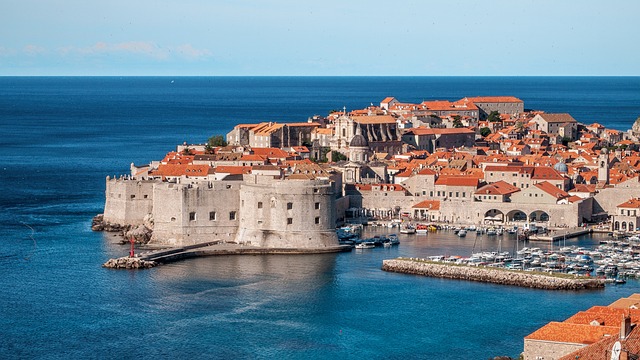This year, Croatia entered the Schengen zone and adopted the euro, therefore expanding the European Union’s borderless zone. Croatia officially joined the EU in 2013 and is currently the 27th nation to join the Schengen region and the 20th nation to adopt the euro.
According to the European Commission, the Schengen zone consists of 26 other EU nations and enables passengers to roam from country to country without border checks. Three of Croatia’s neighbors, Slovenia and Hungary on land and Italy on the sea, are Schengen zone members. Bosnia and Herzegovina, Serbia, and Montenegro are not Croatia’s other land-border neighbors.
In March, border-free air travel will be implemented with all other Schengen nations, according to a statement issued by European Commission President Ursula von der Leyen on January 1.
“Today, Croatia joins the Schengen area and the Eurozone. Two immense achievements for the youngest Member State of the European Union, and both reached on the very same day,” von der Leyen said. “So indeed, this is a day for the history books.”
Before adopting the euro as its currency, Croatia used the kuna with 1 Croatian kuna equalling around 14 cents in the United States. Currently, 1 euro = $1.06 in the United States. The euro is already flowing in Croatia with roughly 70% of ATMs delivering the cash, according to sources. The remainder is slated to arrive by January 15.
In addition to Croatia, Bosnia and Herzegovina, Serbia, Moldova, Montenegro, and Ukraine are in the process of “transposing (or integrating) EU laws” into their national law as candidates to join the EU, according to the European Commission.















More Stories
US Visa Waiver Travelers Face Social Media Scrutiny from Feb 2026 Tourism Industry Warns of Visitor Exodus
Barcelona, Dubai, Geneva, Milan, Madrid & Paris Compete for WTTC Global Office: Tourism Leadership Battle
Vertical Aerospace Unveils Valo eVTOL Airlines & Luxury Resorts Eye Electric Air Taxis as Future Travel